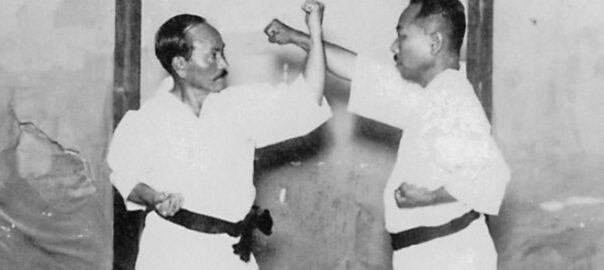Bassai Dai (Shotokan-Shito)
This is a very interesting kata demonstration of the old kata Bassai Dai
This is a very interesting kata demonstration of the old kata Bassai Dai

The renowned Sensei Gimberline demonstrates his bunkai interpretation of the kata Bassai-Dai with practical exercises.